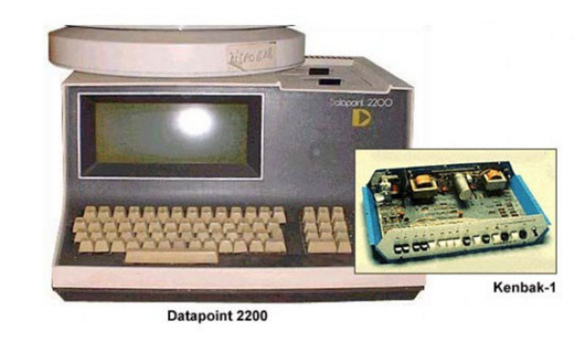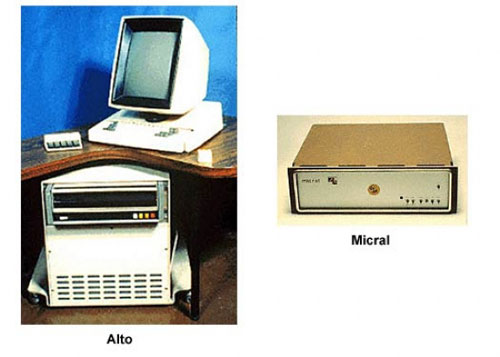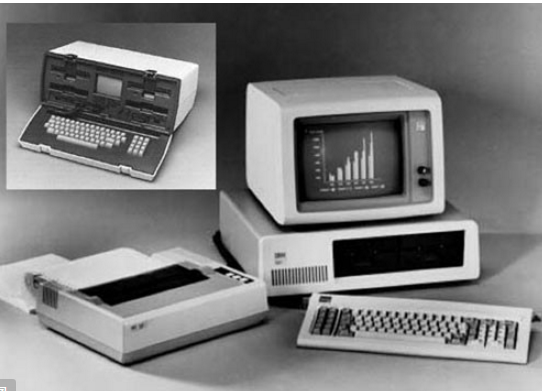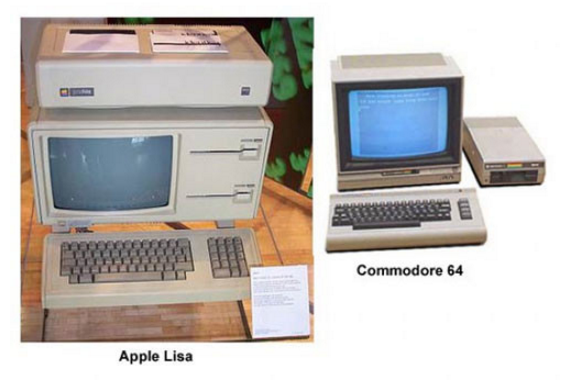Since the advent of personal computer in 1971, its development process, such as Darwin’s theory of evolution, has become an indispensable part of people’s life in the 21st century, from a little role that was not known at first. In particular, in the past 40 years, personal computers have undergone tremendous changes, from bulky commercial computers to ultra-thin high-performance machines that play an important role in our daily life. They can be used to work and play games. Let’s review the important moments in the development of personal computers.
The first personal computer

You may think the abacus was the first computer in the world, but the Museum of computer history awarded the title to kenbak-1. Kenbak-1, which costs $750, was advertised in Scientific American in 1971. The computer history museum recorded that “Kenbak-1 is designed by John V. Blankenbaker using standard medium and small scale integrated circuits with a storage capacity of 256 bytes.” But kenbak-1 sold only 40 ones during its short appearance so some people consider it as a failed production. Another early PC was the Datapoint 2200, which was also on sale in 1971. Although starting at $5000, Datapoint 2200 is more successful in business than kenbak-1. It can be said that Datapoint 2200 was the “ancestor” of the ubiquitous X86 instruction set.

The first Alto computer with built-in mouse, the first commercial personal computer, Micral, came out in 1973. This computer was not just a simple assembly, but a complete system, based on Intel 8008 microprocessor. “Andre Truong, founder and President of R2E in France, developed micral as a replacement for microcomputers, which didn’t require much performance at the time.” The next year, the first workstation with a built-in mouse appeared on the Alto computer. The Alto computer was built at the Xerox Palo Alto Research Center. Then, in 1975, Lee Felsenstein, a renowned engineer, designed graphic display components that helped turn a personal computer into a game console.
PC representative in mainstream period

1977 was an extraordinary year for early personal computers, when Commodore PET and Apple II came out one after another. Commodore PET has two built-in cassette memories with a storage capacity of 8 kilobytes. Apple II has successfully integrated printed circuit boards, advanced graphics, game sticks, and the computer game “breakout”. In 1979, Atari introduced two types of microcomputers. One was mainly used as a game console and the other was a home computer.
IBM boosts the flames

In 1981, IBM launched the IBM 5150, which promoted the rapid development of the PC market. IBM 5150 uses Intel 8088 microprocessor and Microsoft MS-DOS operating system. In the same year, the first portable computer was successfully developed, and Adam unveiled the mystery of Orne I. The Orne I weighs about 24 pounds and costs $1795. It has a five inch monitor, two floppy disk drives, 64 kilobytes of storage and a modem.
The most popular PC comes out

Lisa and Commodore 64 (C64)
In 1982, Commodore 64 (C64) was invented, and Commodore began its successful road. Commodore 64 has been selling well for 11 years, with sales of at least 17 million units, enough to win the Guinness World Records “best selling computer” title. Commodore 64 costs $595, which is relatively cheap, which has inspired the development of thousands of software.
In 1983, Apple launched the first personal computer Lisa with a graphical user interface. Although the innovative computer found a seller at NASA, Lisa didn’t succeed in the market because of its high price of $10000 and its slow running speed. In 1983, the PC market did not collapse. Compaq developed the first PC version based on the same software of IBM PC, which was a great commercial success.